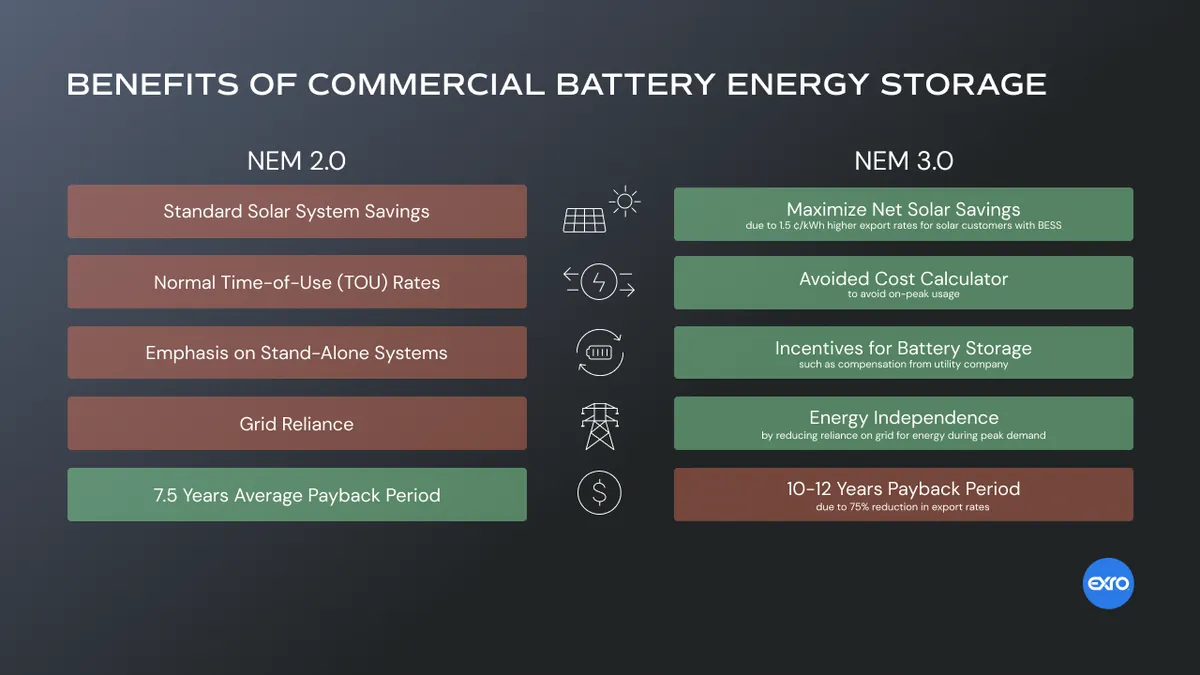California Solar Subsidy Costs Non-Solar Users $8.5 Billion Annually
California's solar subsidy program is set to cost non-solar ratepayers $8.5 billion annually by year-end. The state's Public Advocates Office proposes changes to reduce the financial burden on customers without solar panels.

California's residential solar subsidy program is facing scrutiny due to its significant financial impact on non-solar customers. According to a recent analysis by the state's ratepayer advocate, the program is projected to cost consumers without rooftop panels approximately $8.5 billion annually by the end of 2024.
This substantial increase from $3.4 billion in 2021 highlights the growing disparity between solar and non-solar ratepayers. The cost shift occurs as solar panel owners benefit from reduced electricity bills while still relying on the grid infrastructure, which is primarily funded by non-solar customers.

In 2022, California's Public Utilities Commission implemented reforms to the net energy metering policy, reducing the rate at which new solar customers are credited for excess power generation. This change has had a significant impact on the solar installation industry, reportedly resulting in over 17,000 job losses.
"The recent policy changes have severely impacted our sector, leading to substantial job losses and a slowdown in solar adoption rates."
Despite the reforms, customers who joined the program before the changes continue to benefit from the previous, more generous incentives. These legacy participants can enjoy the advantages of the net metering program for up to two decades.
California, the leading U.S. state in solar energy production, has been at the forefront of renewable energy initiatives. The state passed the Million Solar Roofs Initiative in 2006 and aims to achieve 100% clean electricity by 2045. As of 2024, California boasts over 1.5 million solar installations, with solar energy providing approximately 25% of the state's electricity.
To address the ongoing cost shift, the Public Advocates Office has proposed several modifications to the net metering program. These recommendations include:
- Converting net metering customers to the new program after 10 years or upon the sale of their home
- Setting net metering compensation at electric rates in effect when customers joined the program, rather than current, higher rates
These proposed changes aim to strike a balance between supporting solar adoption and ensuring fair cost distribution among all ratepayers.
California's solar policies have significantly influenced renewable energy programs in other states. The state has invested in energy storage solutions to address solar intermittency and manages one of the largest solar integration challenges globally. As the debate over equitable solar subsidies continues, policymakers must navigate the complex landscape of promoting clean energy while protecting the interests of all consumers.


































